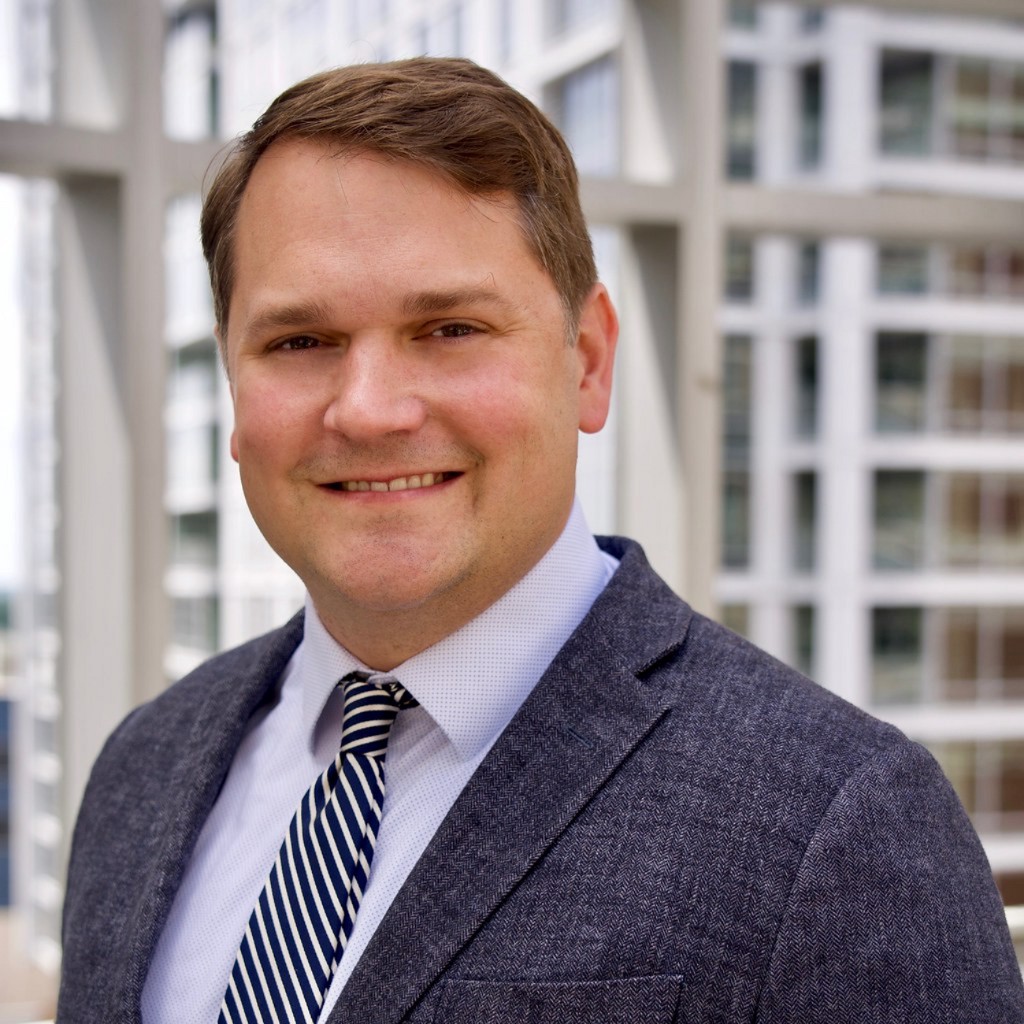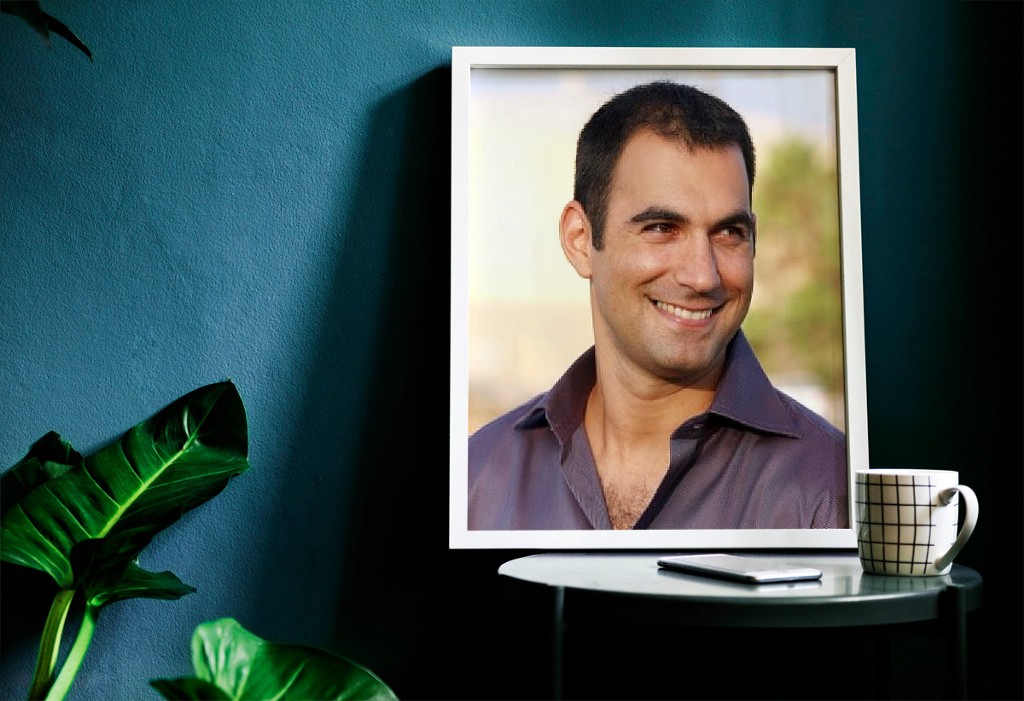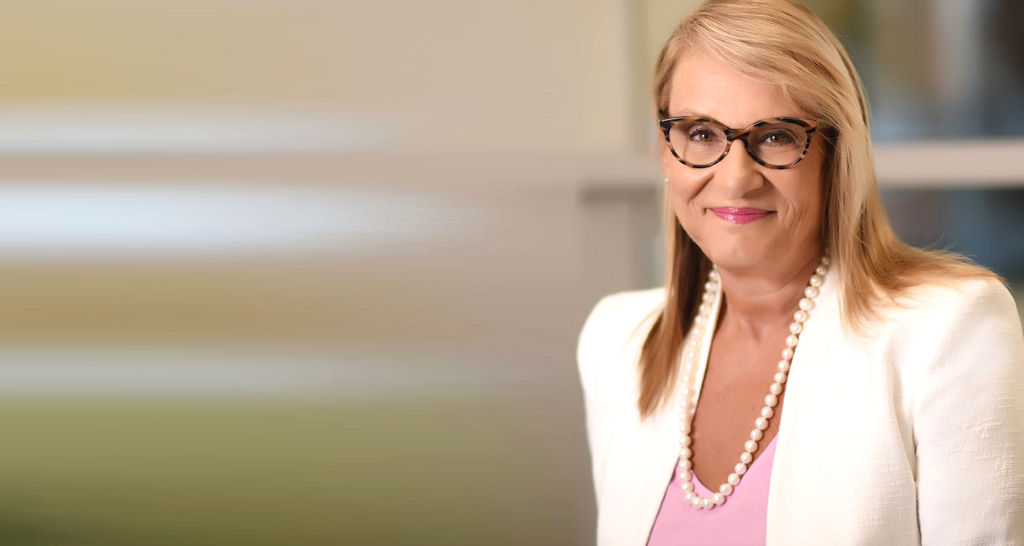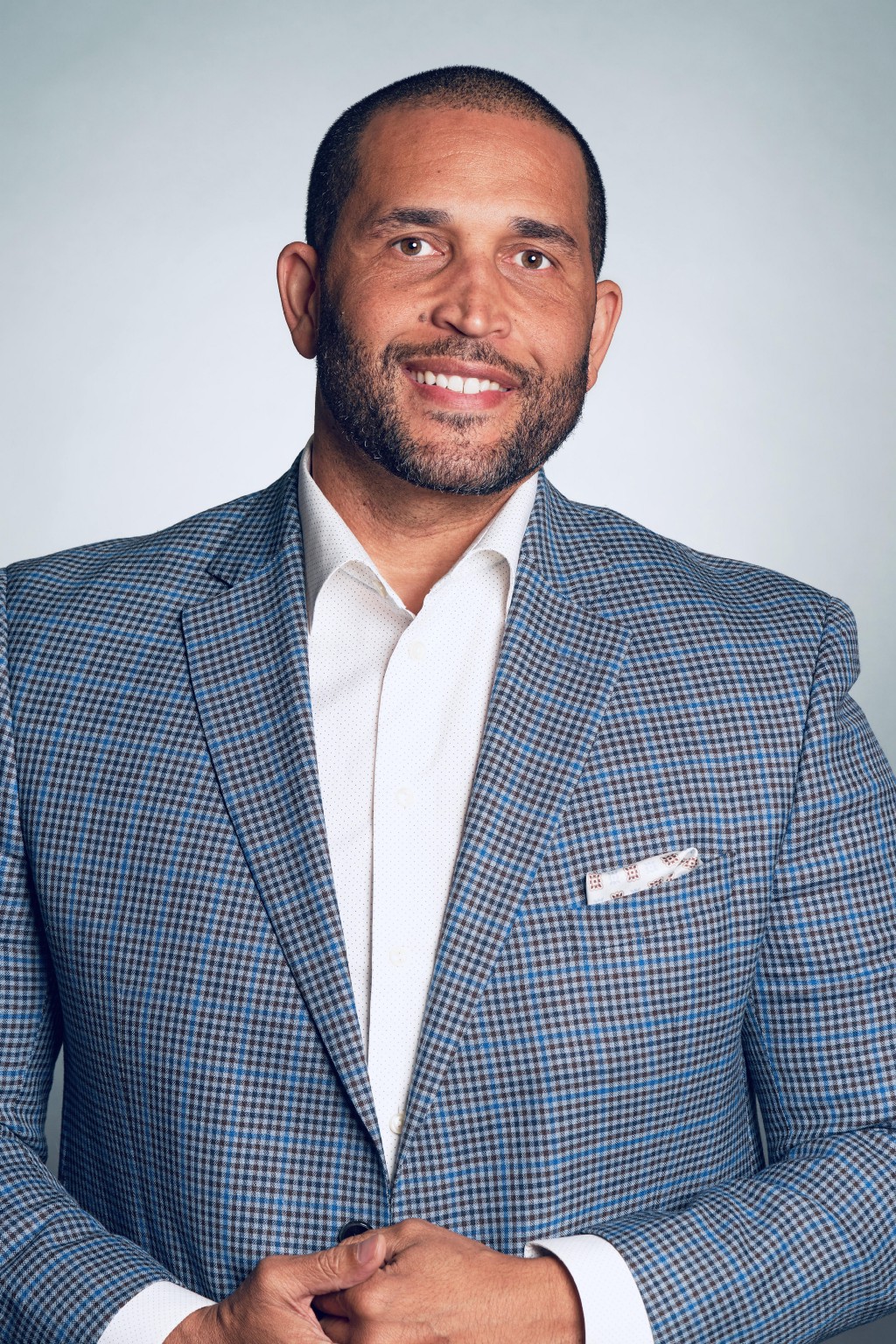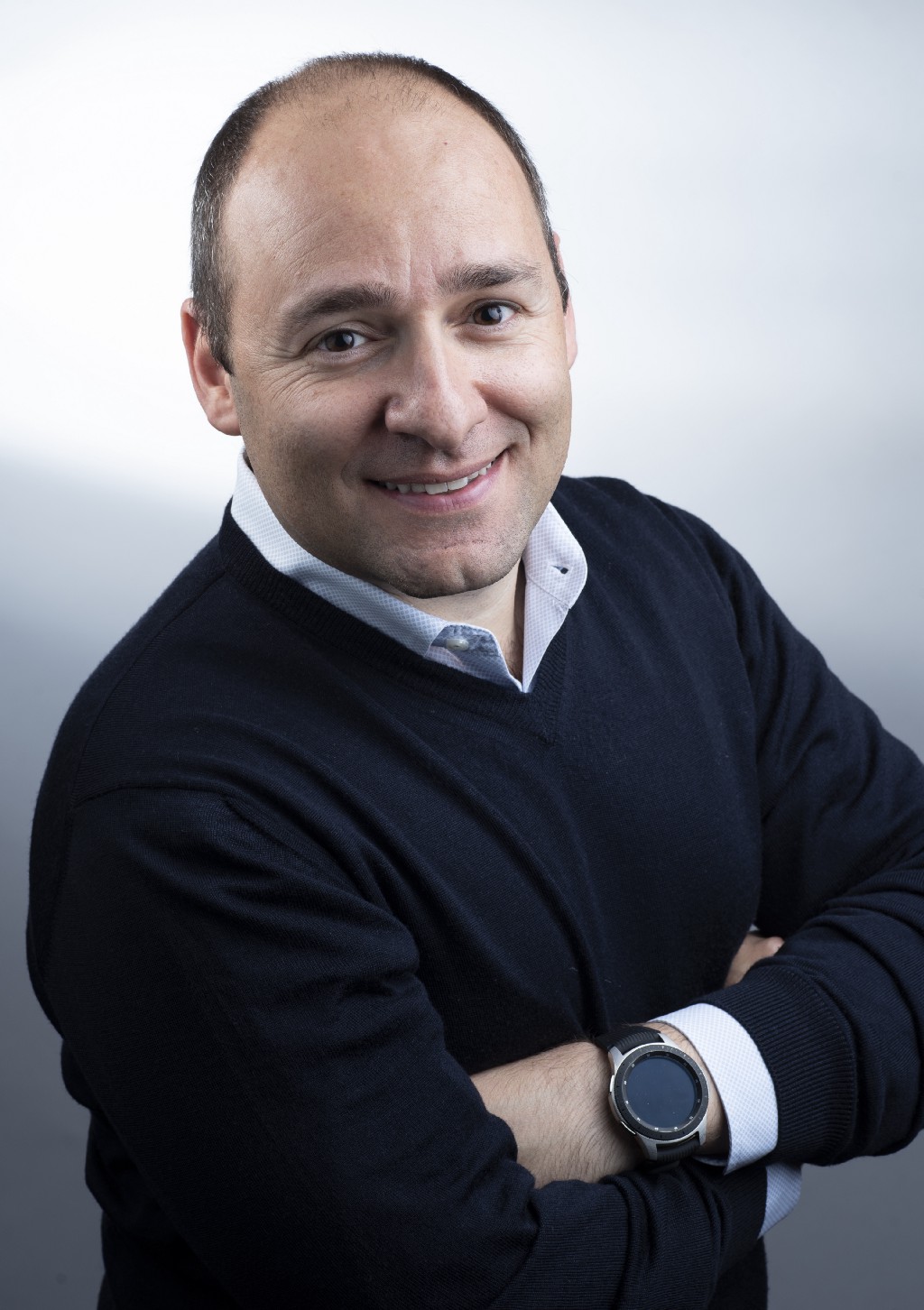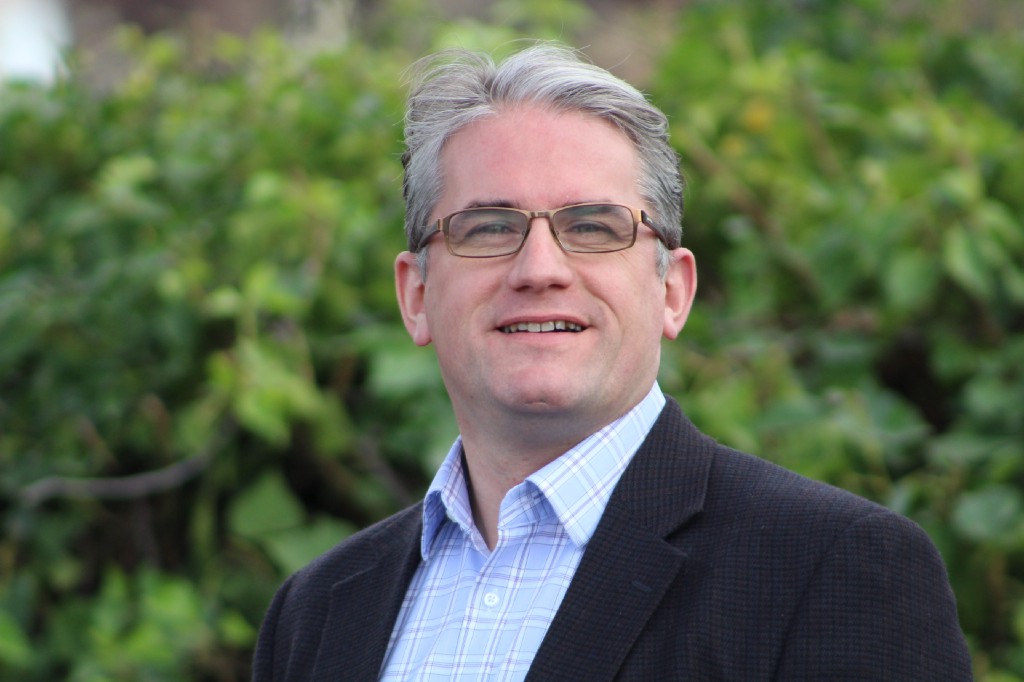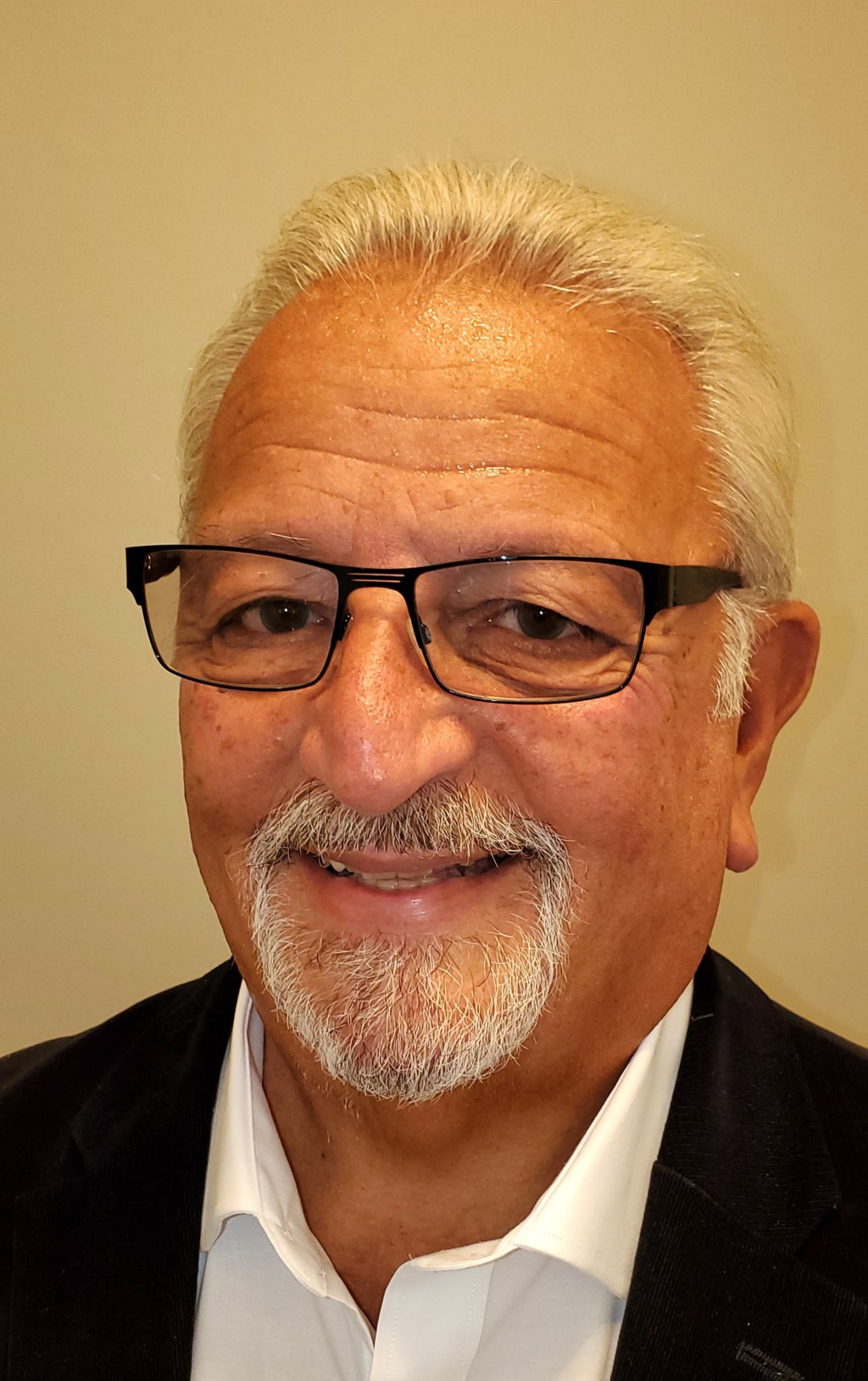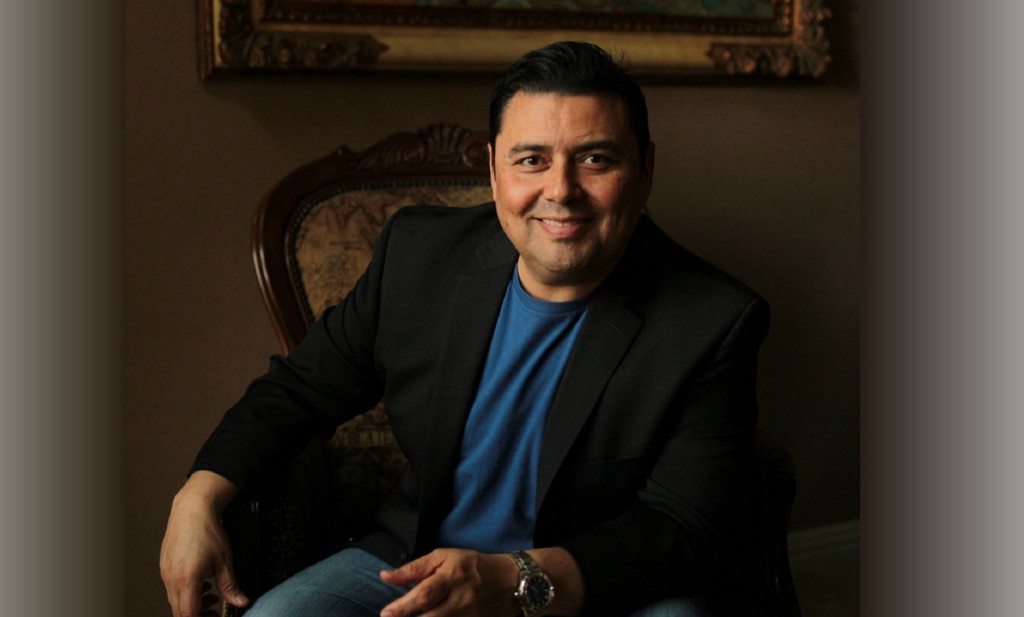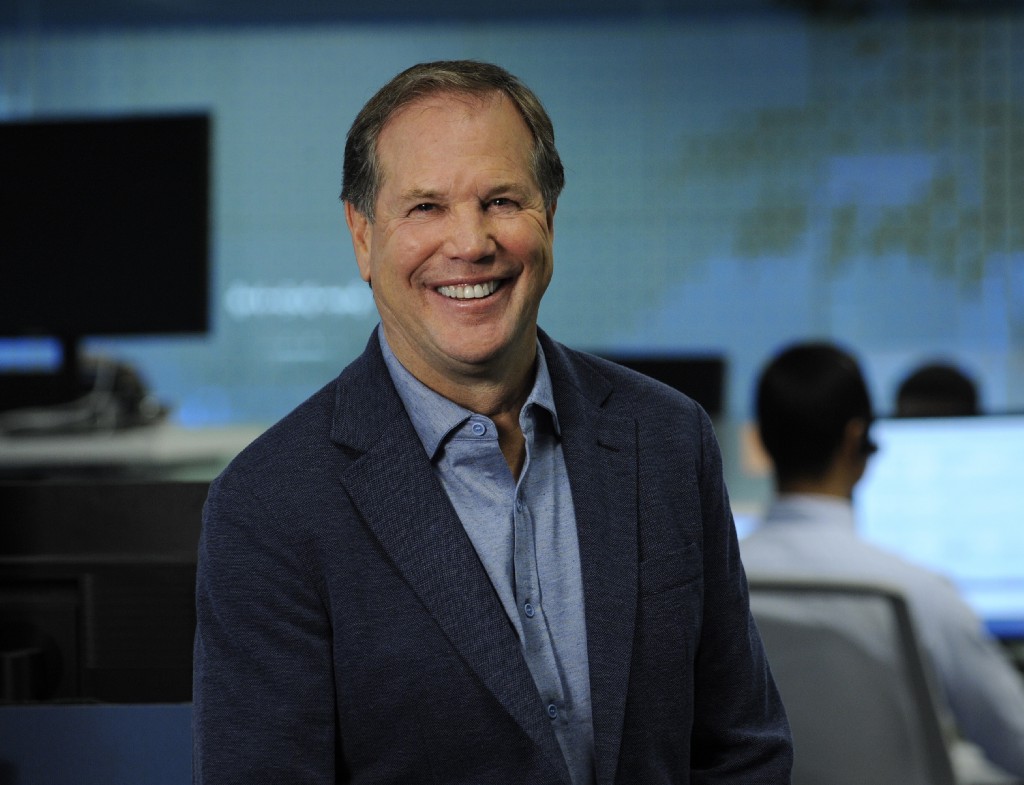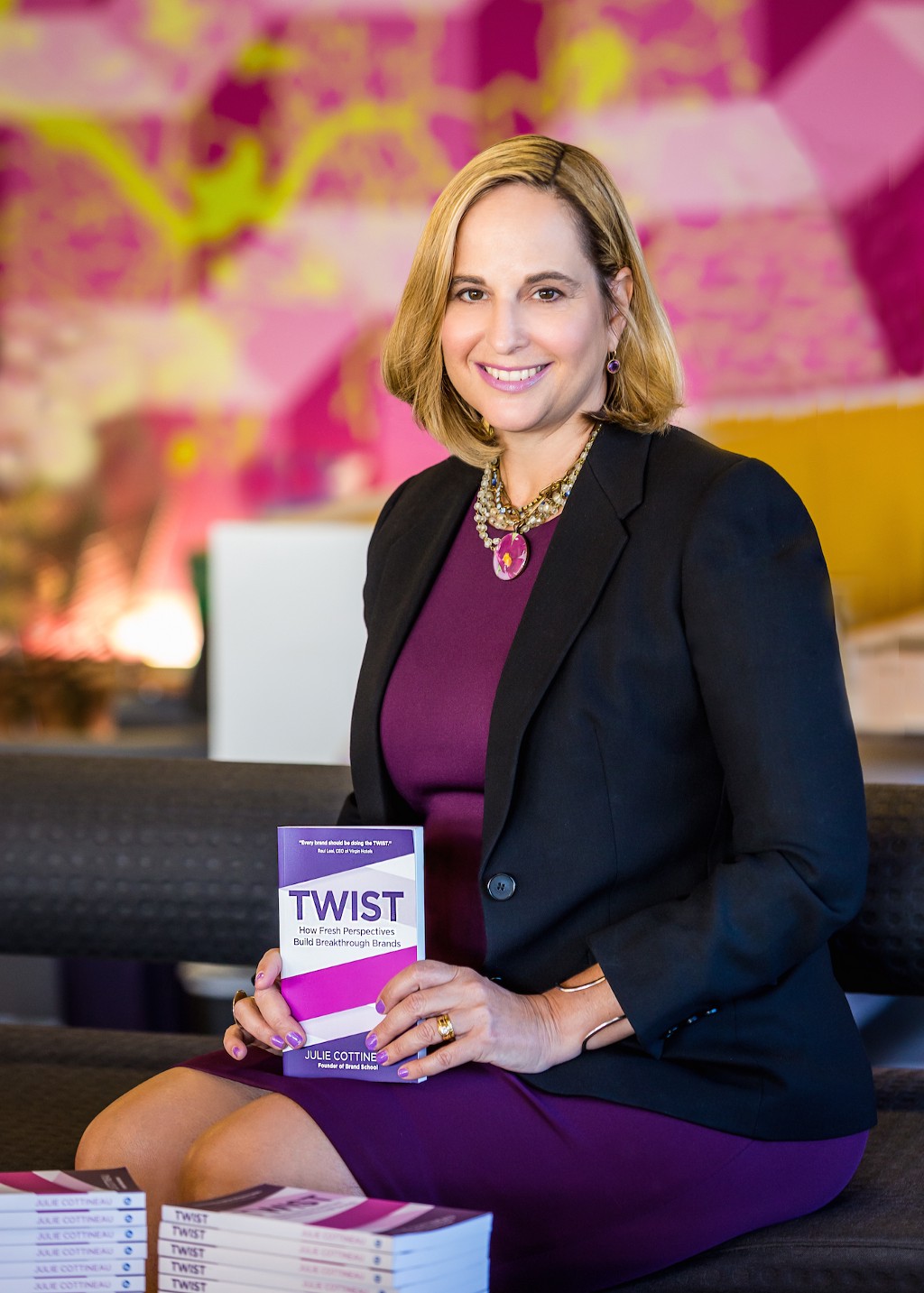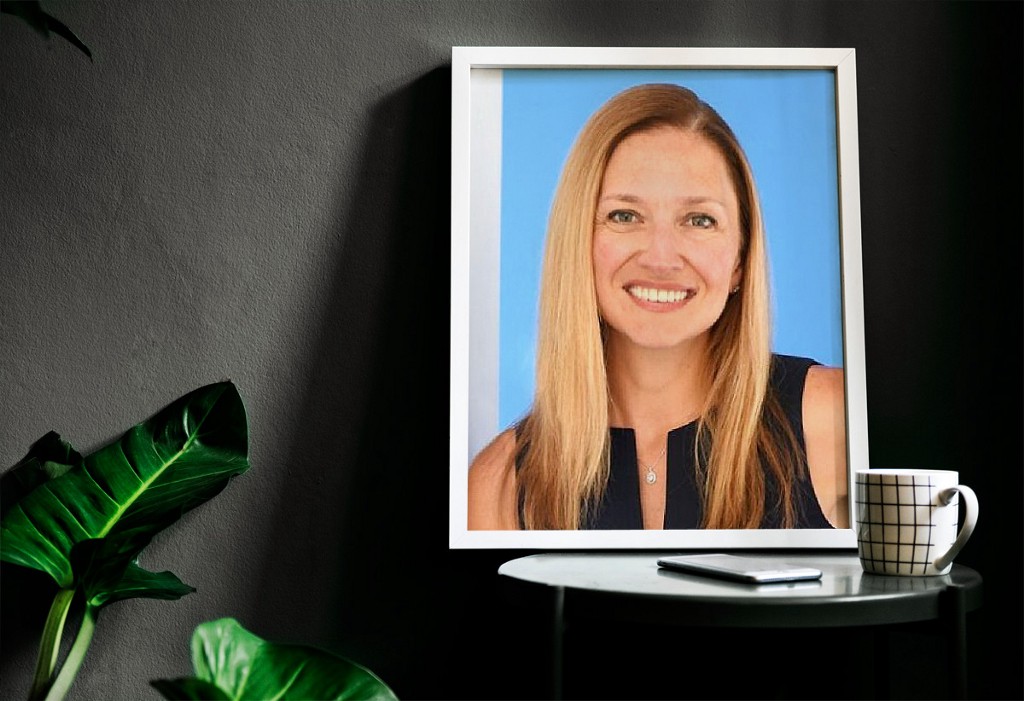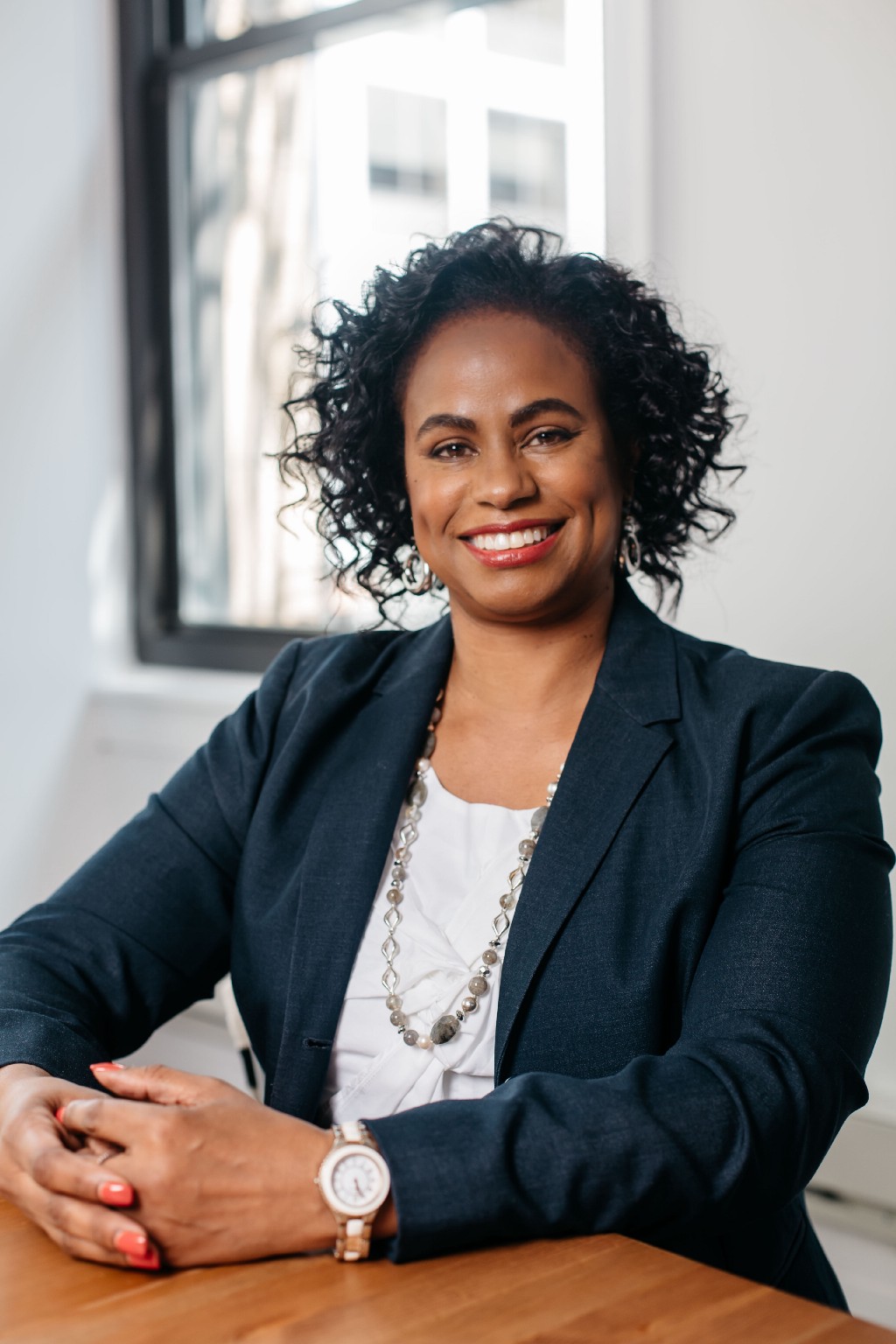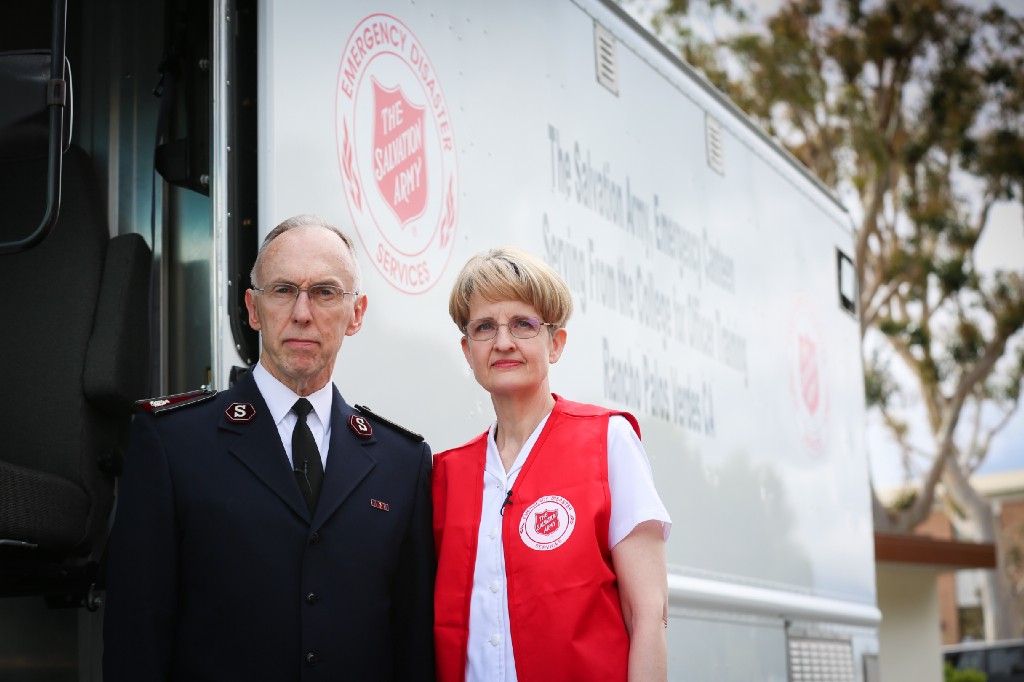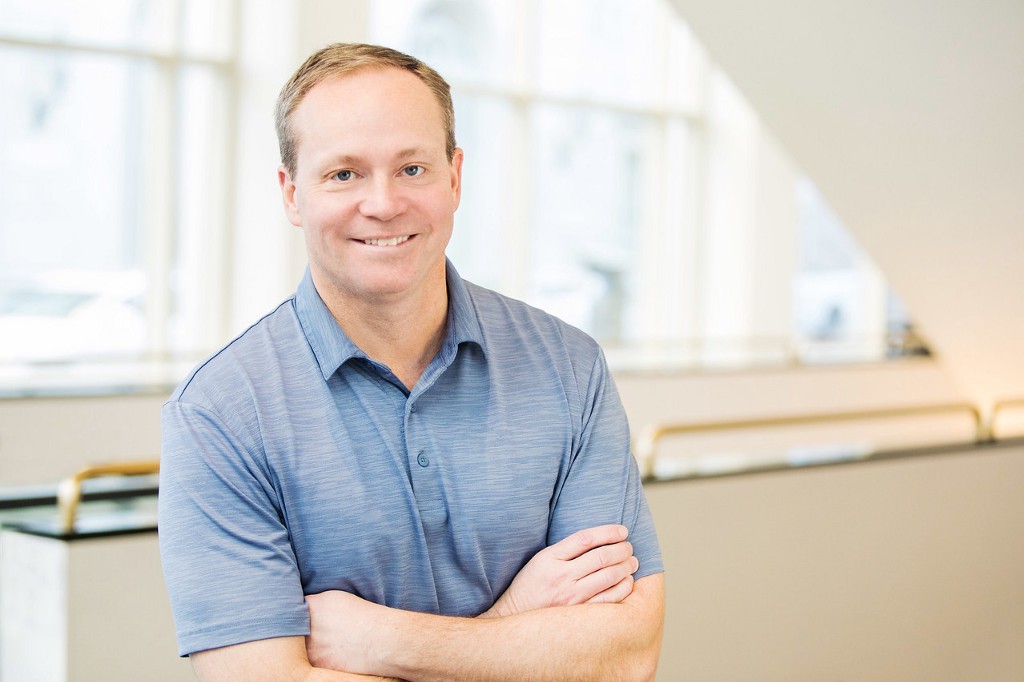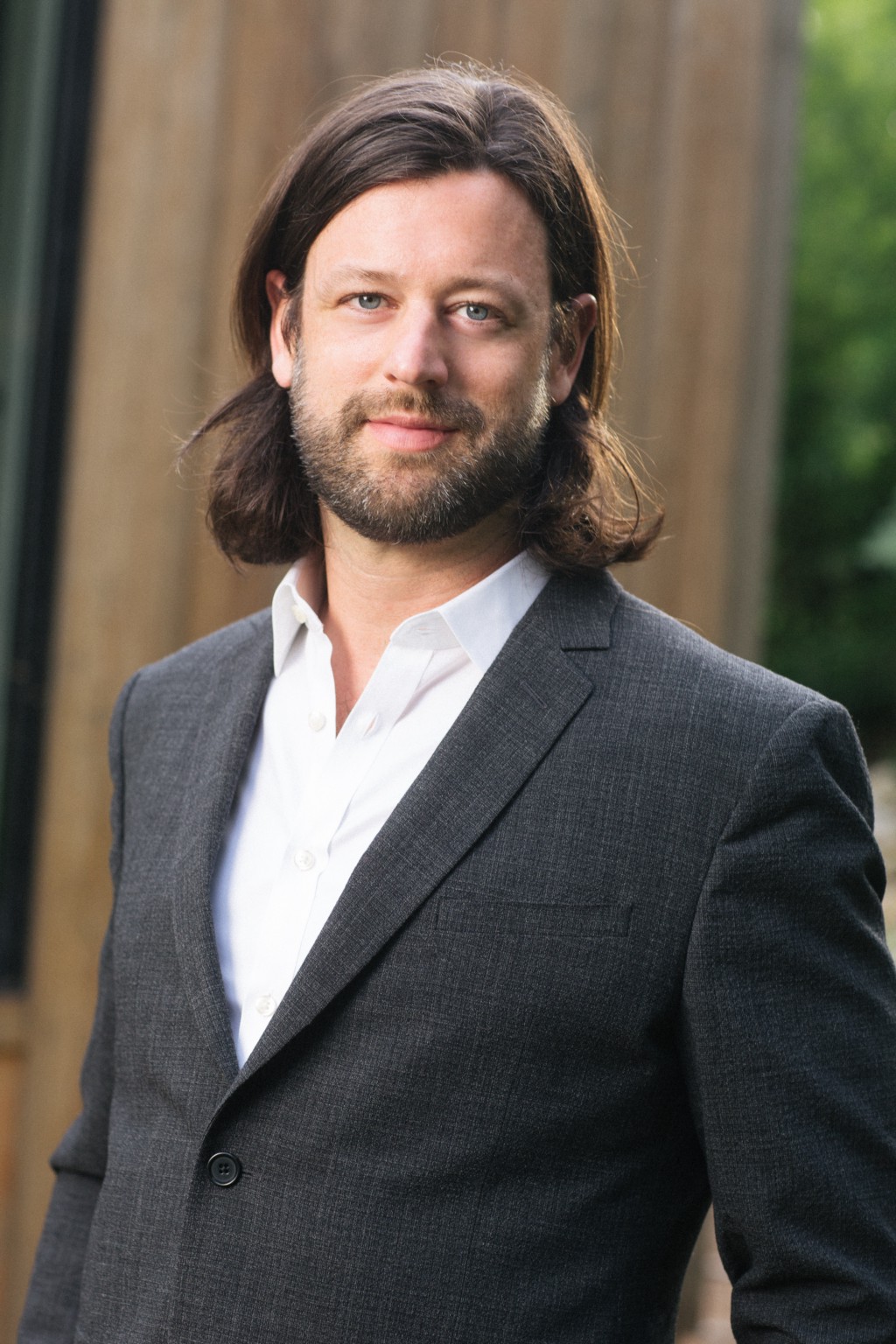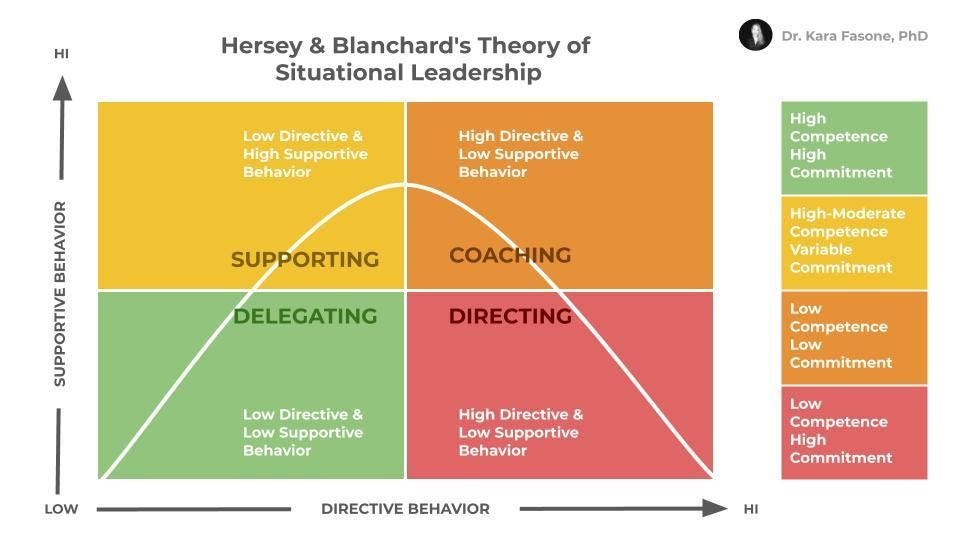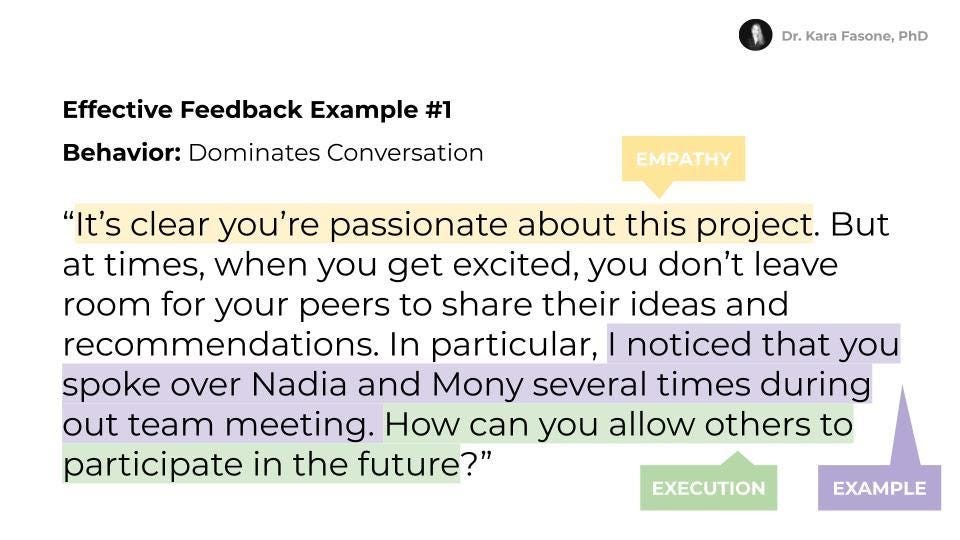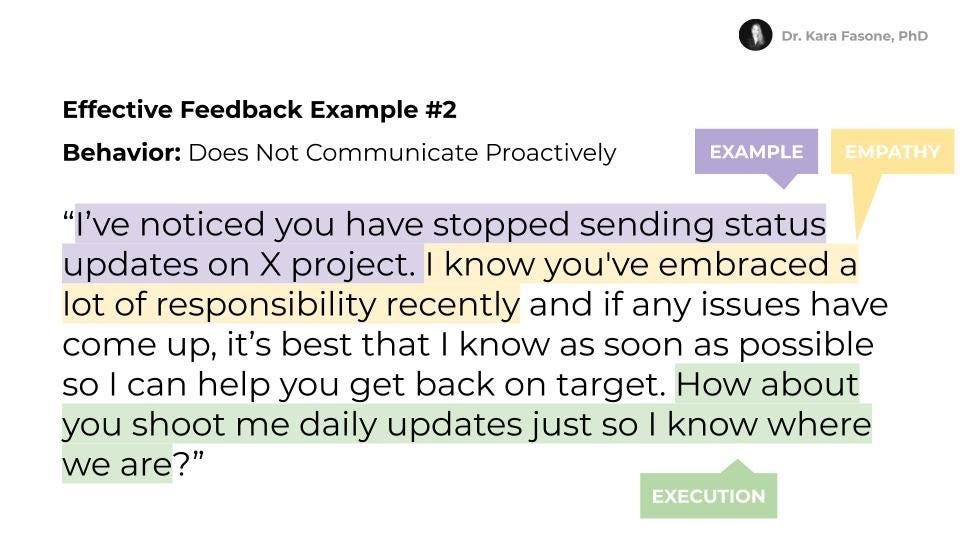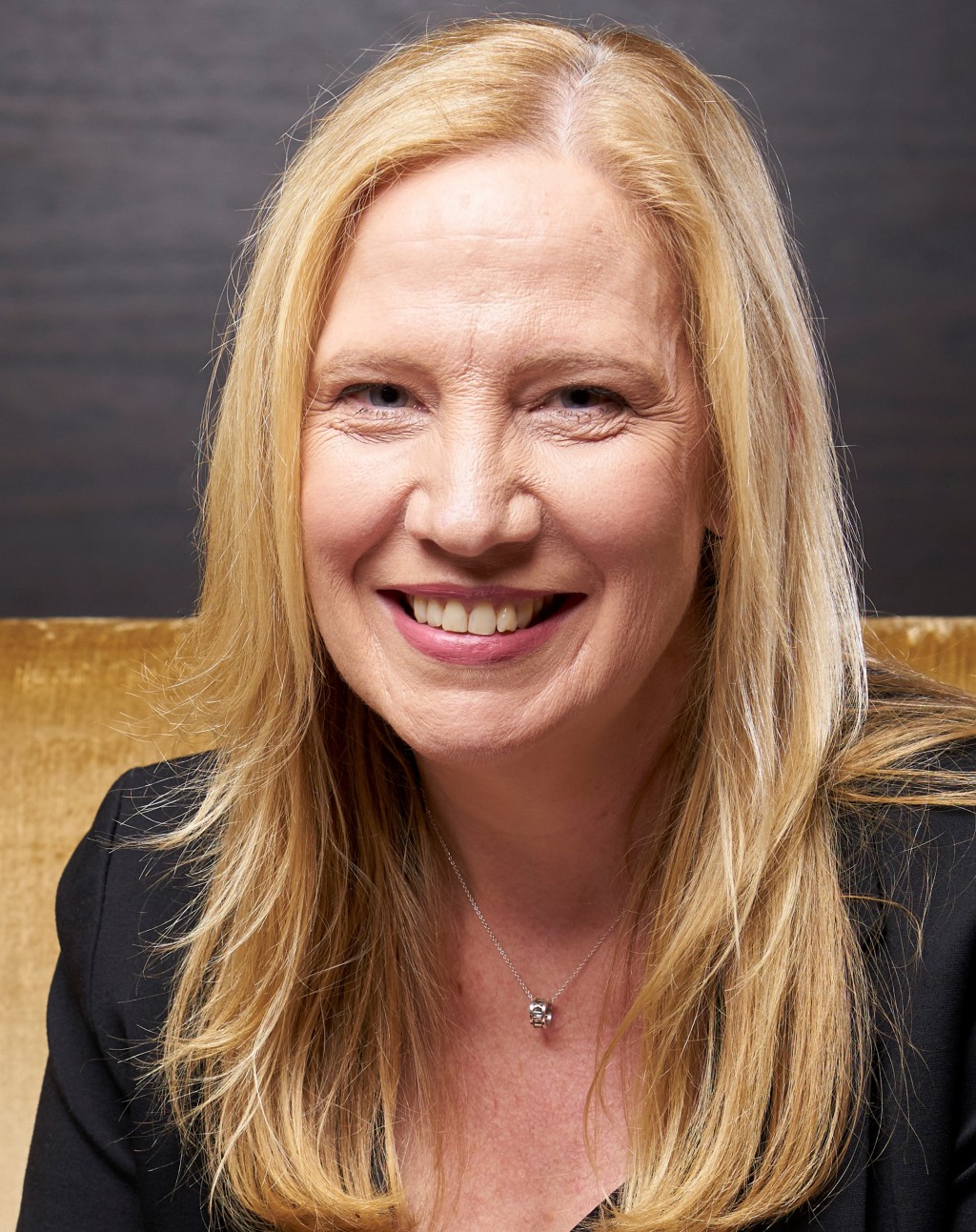Big Ideas That Might Change The World: “A new model that correctly rests responsibility for change with local leadership” With Matt Warner of Atlas Network
The world bank is estimating that COVID-19 could push over 70 million people globally into extreme poverty. We can’t let that happen, but we need a new approach. In order to end poverty for good we have to radically shift how we view our role, as Westerners and as outsiders in the process. Property rights, free markets, and the rule of law supported by democratic institutions are the reason poverty has declined as much as it has. But to build an institution that lasts in support of lifting people out of poverty for good, locals must take the lead. This might sound obvious to some, but historically, this has not been the model we’ve acted on.
As a part of my series about “Big Ideas That Might Change The World In The Next Few Years” I had the pleasure of interviewing Matt Warner the president of Atlas Network, a nonprofit grant making organization committed to supporting local NGOs in more than 90 countries. Matt is the editor of Poverty and Freedom: Case Studies on Global Economic Development and coined the term “the outsider’s dilemma” to describe the challenge of helping low-income countries develop without getting in the way of their most viable paths to prosperity. His organization just launched the project Dignity Unbound: a whole new approach to solving poverty for good. Matt writes, speaks, and consults internationally on the topics of economics, institution building, nonprofit management, and impact philanthropy. His work has appeared in Foreign Policy, The Hill, Cato Journal, Forbes, Harvard’s Education Next, and EconTalk, among others. Matt has a master’s degree in economics from George Mason University and is certified by Georgetown University in organizational development consulting. He is also a 2019–2020 Penn Kemble Fellow with the National Endowment for Democracy, a member of American Enterprise Institute’s Leadership Network and a recipient of America’s Future Foundation’s 2019 Buckley Award.
Thank you so much for doing this with us! Before we dig in, our readers would like to get to know you a bit. Can you please tell us a story about what brought you to this specific career path?
I grew up a comfortable, suburban kid so my knowledge of poverty had to be learned. As a teenager I volunteered at a nonprofit where my brother worked helping homeless families get job training and childcare. That opened my eyes to the challenges people face. Later, I took a two-year break from college to work with low-income, immigrant communities in Brooklyn and Queens. I became very close with many people from all over the world and I worked with them to help them learn English, find employment, and a sense of community in their new neighborhoods. I learned quickly just how diverse we all are — each with our own ideas and dreams — but we share this need to make our life count for something, to mean something. That’s human dignity. Preserving human dignity on a large scale is what has motivated my career path. It’s an important time now to be pushing a whole new approach to ending poverty for good.
Can you please share with us the most interesting story that happened to you since you began your career?
The first time I went to Kyiv to visit one of our grantees, a friend there arranged for me to spend an afternoon with the young revolutionary who first occupied the palatial estate of Viktor Yanukovych after he fled Ukraine during the Maidan Revolution. He gave me a tour of the main residence with its unbelievable luxury paid for by corruption. He took me through the underground tunnels that Yanukovych traveled by golf cart to go to his exercise buildings and spa. I also saw his large automobile collection and party boat. All of this indulgence while GDP per capita in Ukraine began its plummet to $2,000 per year. This is what unchecked power does when democratic institutions of accountability fail. I am in awe of the young people who risked their lives to take their country back. Those kinds of injustices keep me motivated to work harder. I’ve seen the same injustices in India, South Africa, Sri Lanka, Guatemala — it goes on and on. We have to stop abuse of power so that low-income populations have a chance to thrive but the way we’ve tried to do it through foreign aid and foreign policy has backfired.
Which principles or philosophies have guided your life? Your career?
The value and importance of human dignity is a universal language and should never be underestimated. This has been the guiding principle in our work and the inspiration for Dignity Unbound. Over the last few years, I’ve traveled to dozens of countries and have listened to locals and community leaders describe a vision for change and prosperity for their people and their country. What we have strived to do at Atlas Network is help them realize that vision, not nation build on their behalf.
The problem with large foreign institutions such as USAID and the World Bank leading local change is that they put so many conditions and expectations on local communities that it gets in the way of something that actually works well in the local context. For example, it was a local think tank NGO in Peru that understood why microenterprises could never grow — they were required to make monthly tax payments even when they hadn’t yet been paid themselves. How to navigate to a fix for that broken system is not something outsiders would have thought to prioritize and would not have known how to go about doing it.
Ok thank you for that. Let’s now move to the main focus of our interview. Can you tell us about your “Big Idea That Might Change The World”?
The world bank is estimating that COVID-19 could push over 70 million people globally into extreme poverty. We can’t let that happen, but we need a new approach. In order to end poverty for good we have to radically shift how we view our role, as Westerners and as outsiders in the process. Property rights, free markets, and the rule of law supported by democratic institutions are the reason poverty has declined as much as it has. But to build an institution that lasts in support of lifting people out of poverty for good, locals must take the lead. This might sound obvious to some, but historically, this has not been the model we’ve acted on.
Consider these two examples: In Uganda, Western academics spent $300,000 to entice a local village to stop growing bananas and start growing corn in order to increase their crop yields. They got bigger crop yields but there was no local market for corn and nowhere to store it. In the end, the village had no bananas and suffered a rat infestation due to all the rotting corn. Atlas Network does things differently. We support systemic change led by locals. Nearby, in Burundi, we gave a grant to a modest think tank NGO. They wanted to find ways to make their economy more inclusive for the large number of low-income street vendors and others operating very modest businesses. Because most of those microenterprises aren’t formally registered as businesses, they have no legal recourse when the police harass them and take their money and goods. It’s a massive problem. Our grantee worked with the government to lower the barriers to business licensing so that more of the existing economy could move from the shadows to the formal sector where they can grow and increase incomes. In the year prior to those reforms there had been a 5% increase in formal business registrations. In the year following Burundi saw a 49% increase. That represents an economic revolution, but it had to be locally conceived and locally led to succeed.
Stepping back and letting other countries design their own futures is a key feature of a liberal democracy. People deserve and need to choose for themselves. Large institutions such as USAID and the World Bank can continue to play a role but it should be restricted to facilitating knowledge sharing and increasing opportunities for global engagement.
How do you think this will change the world?
Unfortunately, we are witnessing a global rejection of liberal democracy in favor of authoritarian populism, a return to “strong man” politics. You see this in Hungary, Poland, Russia, China, and Brazil, though there are many others. This phenomenon is built on the exploitation of the disappointments and humiliations that have come as a result of our ham-handed attempts to spread liberal democracy through conditional aid and foreign policy influence. Political scientists Ivan Krastev and Stephen Holmes refer to this attempt, beginning after the fall of the Berlin Wall and ending in 2016, as the Age of Imitation, during which we worked with transitioning economies to replicate Western norms, laws, and governance structures. This has not been the right model. A new model that correctly rests responsibility for change with local leadership is much more likely to accelerate the strengthening of liberal democracy over time. Ultimately, this sets the stage for real, and long-lasting progress towards alleviating poverty.
Keeping “Black Mirror” and the “Law of Unintended Consequences” in mind, can you see any potential drawbacks about this idea that people should think more deeply about?
It is not easy to make the shift I am proposing both for practical and political reasons. The practical reason is it is not intuitive to most donor countries and donor organizations to adopt a model like ours — which lets locals take the helm You have to strike the right balance between letting your grantees lead while also holding them accountable to high standards. The trick is to let them define those high standards for themselves. It takes humility to recognize that donor expertise is insufficient to lead local change in faraway communities. Change is always hard, but this particular change asks well-meaning, very capable experts to stand down from what they consider to be a very moral cause. It’s hard to steer moral conviction if the new direction feels like doing less. I also recognize that any shift, though advisable, represents some short-term tradeoffs that are difficult to navigate. While tough choices are an everyday part of the status quo, I personally feel humble about the tradeoffs that will have to be navigated as we shift to a smarter model.
Politically, foreign aid is a useful instrument for donor countries. Some of the most generous countries, as a percentage of GDP, heavily use foreign aid to advance national interests. It serves them well and it is attractive to local politicians in recipient countries, but it’s too often a disaster for local communities. That perverse dynamic will be difficult to get away from. But we can make progress now by increasing the role of philanthropy and work towards crowding out those political arrangements.
Was there a “tipping point” that led you to this idea? Can you tell us that story?
I attended an event cohosted by #BlackWomeninDevelopment and the Center for Global Development on the topic of consent. The panel discussion challenged all of us in the room to think about what getting consent looks like in the context of foreign aid and development. It struck me that this is a very difficult question to answer under the traditional model of foreign aid and foreign NGOs who are working in-country to solve problems. What’s worse, we undermine budding democratic processes abroad when we make their governments accountable to us and to our preferences for solving local problems. The alternative model I support solves the consent problem by investing in locally-led NGOs who promote their own ideas and who work to persuade their local stakeholders of their merits in the local context. When they succeed in getting their ideas adopted through this very public and transparent advocacy, local consent is baked into the process.
What do you need to lead this idea to widespread adoption?
My criticisms of foreign policy and foreign aid are widely shared. The aid industry, in particular, has been introspective the last 20 years about its own efficacy and the actual harm it has unintentionally caused. With COVID-19, the urgency to redefine our role has increased. I see a natural coalition forming that transcends politics and focuses on results. This coalition builds on our own #dignityunbound initiative as well as the seminal work of the Doing Development Differently project out of Harvard, and joins the #shiftthepower movement from Global Fund Community Foundation and the broader “localization agenda” covered by the media outlet Devex to restructure donor countries’ support of liberal democracy building around the world. This can be a powerful, diverse coalition that respects local culture and the prerogatives of local actors to choose their own destinies. If we can join together on this shared mission, I think we can make a big difference in redefining the role of outsiders in favor of local leadership.
What are your “5 Things I Wish Someone Told Me Before I Started” and why. (Please share a story or example for each.)
“People support what they help create.” This is something I learned from an organizational development course I took midcareer and it has become my mantra. It is so insightful and applies to all levels of human endeavor from working with my daughter on her homework, to galvanizing a professional team, to institution-building in faraway countries. Smart people can come up with great solutions and, if they have the authority, implement them without consulting anyone. But they will be far more successful if they think of their idea as a hypothesis and then work inclusively with relevant voices to validate, improve, or pivot off what they think is best. A “genius” plan that is at odds with the thinking of those who will be relied upon to execute it is not as good as a consensus plan that others have helped to shape.
Be confident about being vulnerable. I slowly noticed that a lot of successful people were uninhibited in seeking advice, help, and feedback. They learned so much faster than people like me who were so worried about not looking like an impostor that they hesitated to admit what they didn’t know. For the first event I was ever in charge of just out of college I decided everything in a vacuum. From the event name to the type of invitation, my instincts were all wrong for the audience I was trying to attract. The result was woefully low attendance. At the last minute, my boss had to scramble to get his friends to come to prevent a total flop. If I had simply reached out to some of my intended audience to ask for their feedback on what I was planning they would have immediately steered me in the right direction. Again, if I cared more about what I was working on than my own need to prove myself, I would have been much more successful.
Focus more on the content of your work rather than your performance in doing it. As in writing or public speaking, I am much more effective if I focus on the value of what I am communicating rather than how successfully I am doing it. I once gave a speech that went so horribly I had to pull out my notes and read the second half of my remarks. I realized it was much more natural for me to share my passion for the content than to worry about impressing people, the latter just made me self-conscious.
Everyone is your customer in some respect. Treat them accordingly. Whether an intern, a former colleague, or a member of your board, everyone matters. I can’t count how many times someone from my past has reemerged in my professional life in an important way that I never would have anticipated. So, really — burn no bridges.
One of my mentors from early in my career always said, “Don’t take it personally. Take it seriously.” I think about that all the time whenever I am tempted to be offended by someone correcting me. Criticisms should ideally be shared constructively and thoughtfully, but however they are shared they are useful data and if I can take that data seriously instead of personally I can learn something from it.
Can you share with our readers what you think are the most important “success habits” or “success mindsets”?
Run as fast as you can with the vision you have rather than pace yourself out of fear you don’t have it right yet. You don’t, but the faster you learn that the quicker your vision can evolve to become more sophisticated.
Some very well known VCs read this column. If you had 60 seconds to make a pitch to a VC, what would you say? He or she might just see this if we tag them 🙂
We have the opportunity to end poverty for good, but it will require a complete rethink of our philanthropic approach. Atlas Network has developed a model that works at large scale because we do two things differently than almost everybody else: 1). We invest in social change at the systemic level — the rules of the game that make the biggest difference for low-income communities. 2). We support the vision of local research and advocacy organizations in each country who know better than the best foreign experts how to achieve that change at the systems level in their local context.
Over the last three years, our judicious investments in this portfolio have totaled less than $5 million but with that we have achieved measurable successes in 36 countries to date. This includes the removal of a tariff on sanitary napkins in Sri Lanka, legitimizing street vending in India, transferring title to post-Apartheid victims in South Africa, and many, many more. In response to COVID-19, we launched a new grant opportunity, the COVID Relief Fund, to provide timely support for local think tanks who are leading reforms to accelerate economic recovery in their communities. Our vast network includes independent partners in 96 countries. They have huge potential to do even more and we are prepared to scale up our model to achieve an even faster rate of social change return. Not only that, new research shows the fiscal crises caused by government mitigation efforts in response to COVID-19 represent a ripe opportunity for systemic and regulatory reform. If we can raise another $5 million to invest in the next 12 months, we predict more than double the results of the previous three years by 2022.
How can our readers follow you on social media?
Twitter: @mattwarnerdc @atlasnetwork @dignityunbound
Facebook: Atlas Network
Instagram: AtlasNetwork
Youtube.com/AtlasNetwork
Thank you so much for joining us. This was very inspirational.
Big Ideas That Might Change The World: “A new model that correctly rests responsibility for change… was originally published in Authority Magazine on Medium, where people are continuing the conversation by highlighting and responding to this story.

